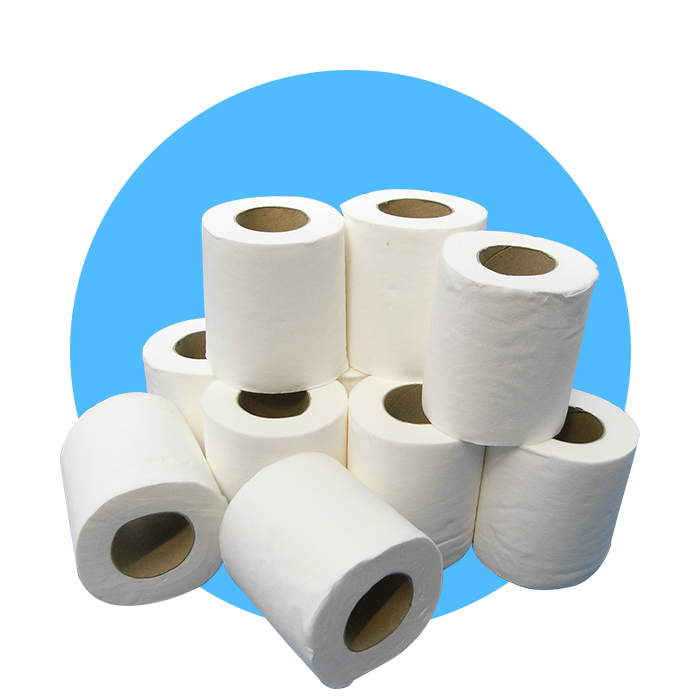
What is Coronavirus Disease (COVID-19)?
Coronavirus Overview
In December 2019 a new strain of coronavirus COVID-19 was identified from Wuhan, China. The epidemic of respiratory flu-like symptoms has spread exponentially and has resulted in a global pandemic.
COVID-19 is a disease that can cause an infection of the respiratory tract. The upper respiratory tract (sinuses, nose, and throat) or lower respiratory tract (windpipe and lungs) can be affected. This is caused by a coronavirus named SARS-CoV-2 which presumably switched from infecting only animal species to infecting humans.
Experts in the healthcare industry have released reports to keep the public updated and prepared. In this post, we take a deep dive into what you need to know about COVID-19, right from its signs to how it gets transmitted, and what are some specific preventive measures.

Data Credits: https://worldometers.info/coronavirus
Coronavirus Symptoms
The Centers for Disease Control and Prevention (CDC) has informed the public that the most prominent symptoms of COVID-19 are
-
- fever
- dry cough
- shortness of breath
When the coronavirus emerged, the CDC also released a warning saying that “people with mild to serious asthma might be at higher risk of becoming really sick from COVID-19. This virus can affect your respiratory tract, cause an asthma attack and potentially lead to pneumonia and acute respiratory disease”.
The list of potential symptoms at this stage has expanded to include: headache, runny nose, sore throat, exhaustion, fatigue, body aches and pains, nausea, stomach discomfort, vomiting, diarrhea, loss of smell and taste and red eyes.
The incubation time for a COVID-19 infection is estimated by medical researchers to range from 2 days to about 14 days. There have been several reported cases where there are no symptoms in patients infected with the virus.
Coronavirus Overview
The COVID-19 virus spreads primarily from person to person. It spreads most of the time, when a sick person coughs or sneezes. They can spray droplets to a distance of 6 feet. Such small droplets of saliva or mucus may be inhaled or caught on hands.
Viruses also can spread from surfaces to humans. The majority of viruses will live on a surface on which they land for several hours. This is why disinfecting surfaces is necessary in order to get rid of the virus.

Plastic
3 – 7 Days

Stainless Steel
3 – 7 Days

Paper
Upto 4 Days

Wood
Upto 2 Days

Cardboard
24 Hours

Copper
Upto 4 Hours
This is why disinfecting surfaces is necessary in order to get rid of the virus.
Source : www.healthline.com
Coronavirus Prevention
There is currently no cure yet, no antiviral drug or vaccine to prevent coronavirus disease (COVID-19). Remember, COVID-19 will cause serious illness to ANYONE. As always, prevention is better than cure!
Specific guidelines on how to protect yourself and your loved ones from COVID-19 infection.
Wash your hands often with soap and water for at least 20 seconds. If there is no soap and water available, use an alcohol-based hand sanitizer.
Avoid touching your eyes, nose and mouth with unwashed hands.
Stay home when you are sick. Avoid close contact with sick people. Cover your cough or sneeze with a tissue and then throw the tissue in the trash.
Practice physical distancing by avoiding unnecessary travel and staying away from large groups of people.
Clean and disinfect frequently touched objects and surfaces.
Governments across the world have halted flights, locked down towns and cities and urged people to stay at home.
At the end of the day, there is A LOT we don’t know about this virus. So protect yourself and your loved ones from the coronavirus infection.
5 Effective Strategies for preventing COVID-19 while executing Essential Errands? Click Here!
